What you didn't know about CHEESE yet!
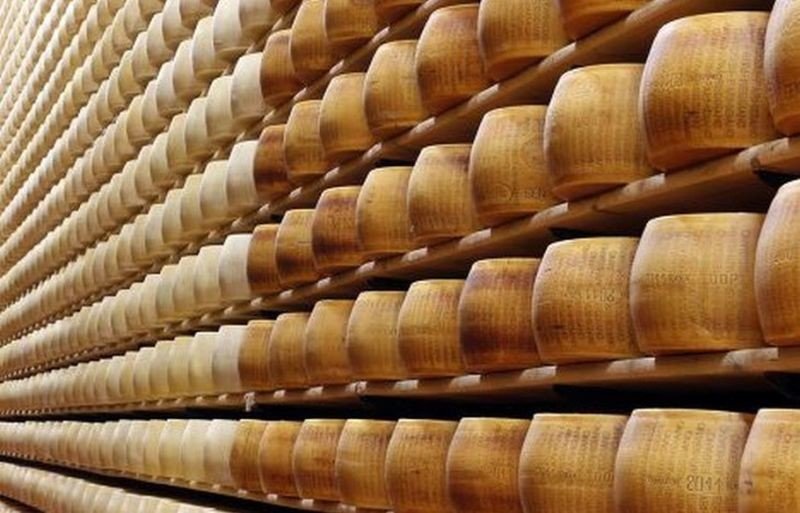
Cheese is more than just a salty slice on a buttered sandwich. It’s a whole culture and history. We offer a selection of facts about cheese that will make you look at this product in a new way.
1. First product

Cheese is a very ancient product. Cheese was first made 7,000 years ago BC. Most researchers believe that the first cheese appeared in the Middle East. Nomads curdled mare's milk and dried it in the sun to preserve it.
2. Cheese is an aphrodisiac
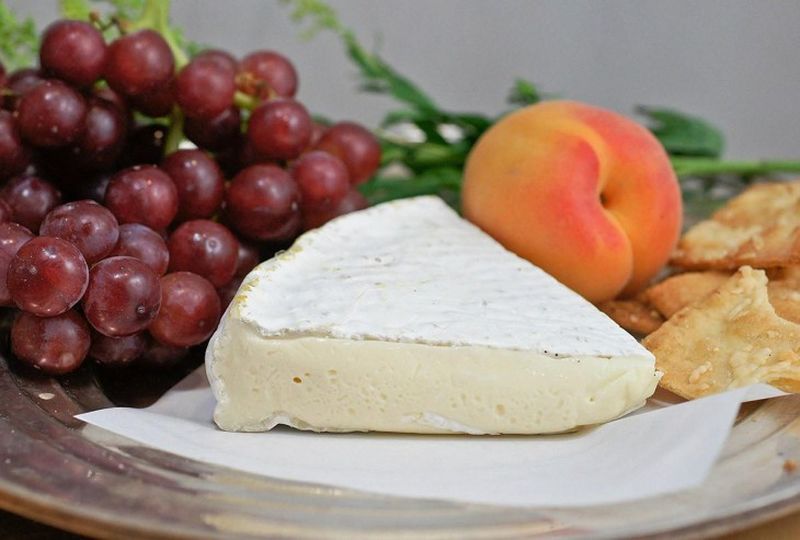
Some types of cheese, especially those with mold, are considered aphrodisiacs, that is, products that increase sexual sensitivity. And both in men and women.
3. Rennet

Most cheeses are made using rennet, a digestive enzyme that breaks down peptides. Rennet is extracted from the abomasum, a part of the stomach of ruminants (calves and lambs), which is why strict vegans do not eat cheese.
4. Collectors

People who enjoy collecting cheese labels are called tyrosemiophiles.
5. Eyed cheese
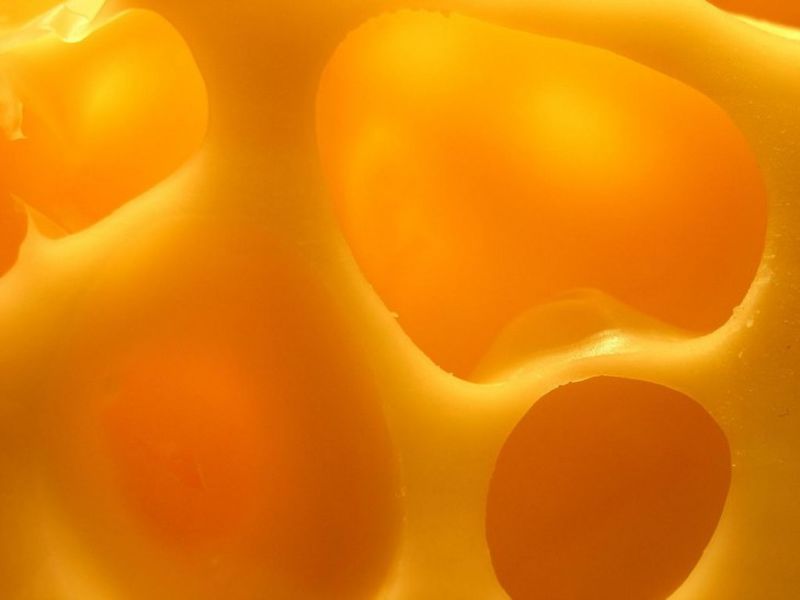
A distinctive feature of some types of cheese are holes. Where do they come from? They appear as a result of the movement of bacteria caused by gas. These gas bubbles are called "eyes" by experts.
6. Cheese and ceremony

In France, there is a real cult of cheese. Some types of cheese are a mandatory attribute of state ceremonies. On this occasion, Charles de Gaulle complained: "It is impossible to govern a country in which there are 246 types of cheese!"
7. Brie cheese
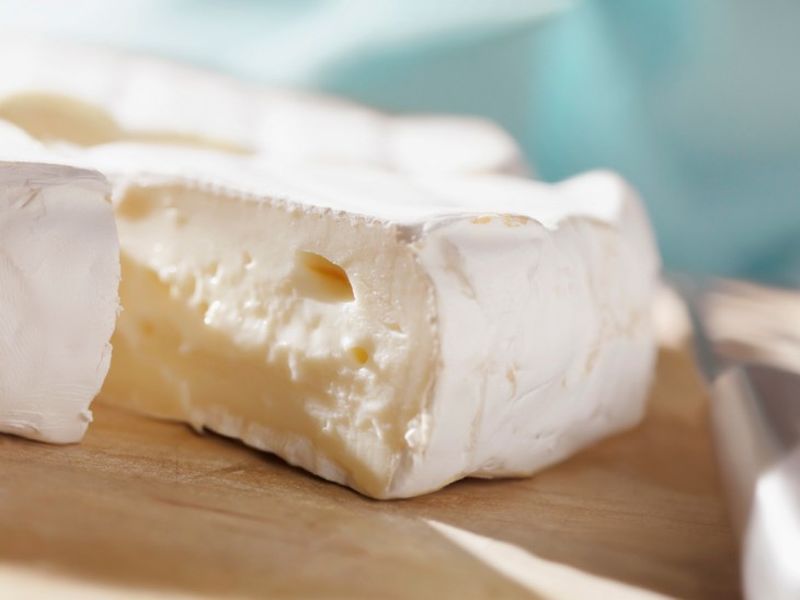
One of the most devoted connoisseurs of cheese was Charlemagne. His favorite type of cheese was Brie. This type of cheese is very "capricious": it "lives" only 84 days, 4 hours and 23 minutes. After this period, the cheese cannot be consumed - you can get poisoned.
8. Rolling cheese

Every year, the National Cheese Rolling Championships are held in the suburbs of Gloucester. Participants take turns running down Cooper Hill after a wheel of cheese, which is thrown from the top by a master of ceremonies. The winner is the one who catches the wheel of cheese faster than the others. The winner receives the wheel as a prize.
9. Royal gift

Cheese can be not only a piece of sports equipment, but also a valuable gift. A wheel of Cheddar cheese was given to Queen Victoria on her wedding day. This gift weighed half a ton.
10. Cheese color
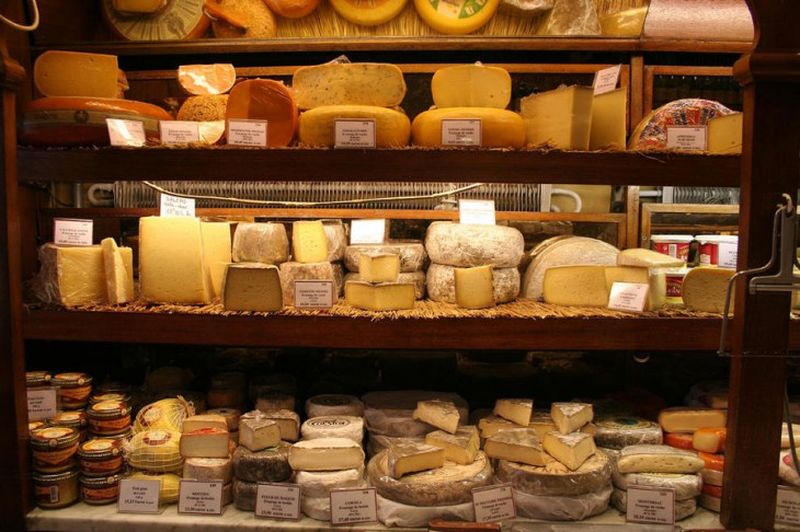
Cheeses vary not only in type, but also in color. What does color depend on? On the composition of the milk from which the cheese is made. The color of milk depends on what the cow, goat, or mare eats. The more beta-carotene in the milk, the more intense the color of the cheese. Some types of cheese are colored with a decoction of calendula flowers or carrot juice.
11. Salvation by wine

Cheese can not only be washed down with wine, but also preserved with wine. One of the traditional ways to preserve a cheese wheel is to insert an inverted bottle of wine into its core. This way, the cheese stays fresh longer.
12. Cheese pledge

Cheese is used in banking. Since the mid-20th century, some banks in northern Italy have been issuing loans to cheesemakers using Parmesan as collateral. The bank places the cheese wheels, which usually mature for 2–3 years, in a special storage facility. If the creditor delays payments, the bank can sell the cheese.
13. Cheese “Kasu Marzu”
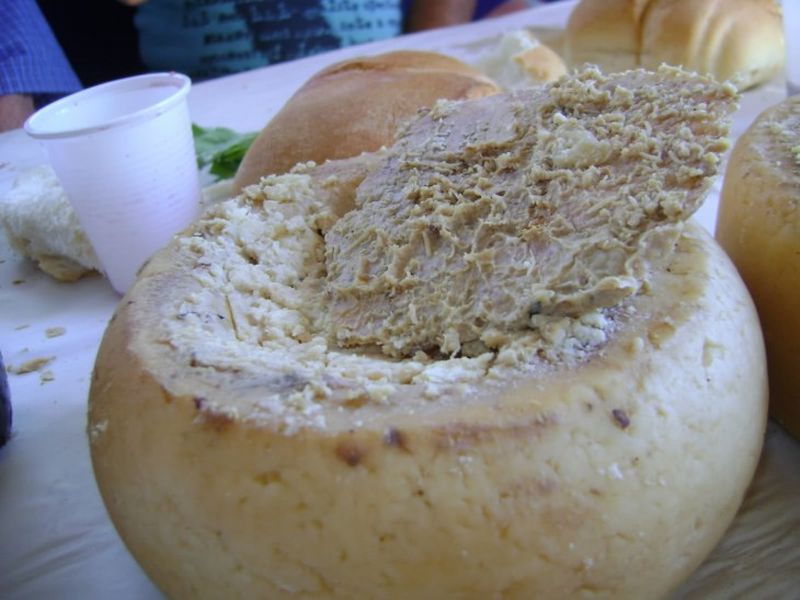
Perhaps the most specific type of cheese is the Sicilian Casu Marzu. This cheese is, to put it mildly, an acquired taste. It is kept longer than the usual fermentation stage, subjecting it to rotting, during which the larvae of the cheese fly accelerate the process of decomposition of fats in the cheese and make it soft. If disturbed, these larvae can jump up to 15 centimeters, so this cheese is often eaten in special glasses. Many gourmets do not even remove the worms before eating.
14. Cheese and fortune telling
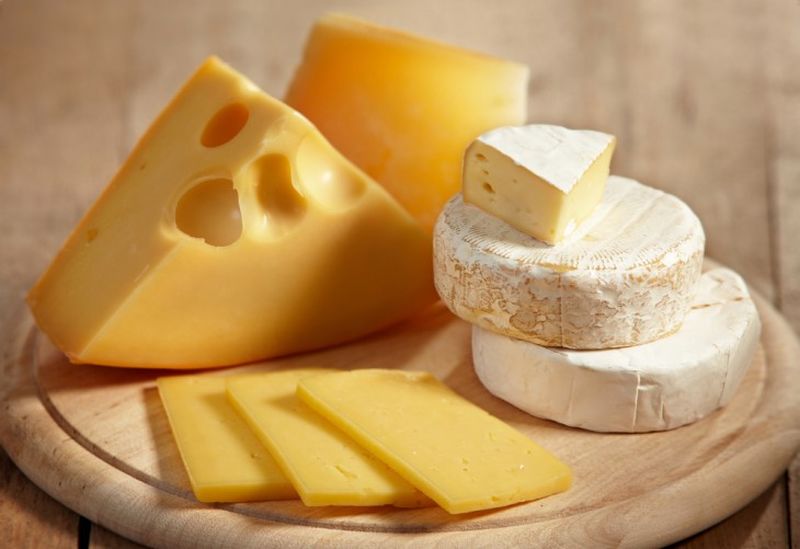
Cheese was not only food in its time. In ancient times, and even in the Middle Ages, it was used for fortune telling along with eggs, ivy, bones, lamb liver, fig leaves and coffee grounds.
15. Cheese treatise
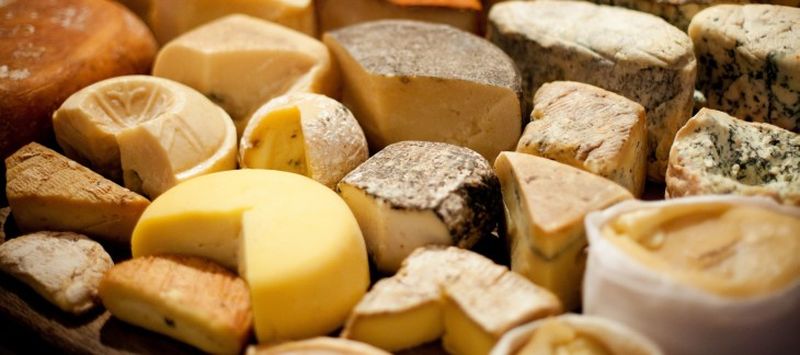
The most famous book about cheese was written by the French cheesemaker André Simon. He wrote his treatise "On Cheese Making" for 17 years. In it, he described the peculiarities of making 839 types of cheese.
Source:http://animalworld.com.ua/news/Interesnyje-fakty-o-syre